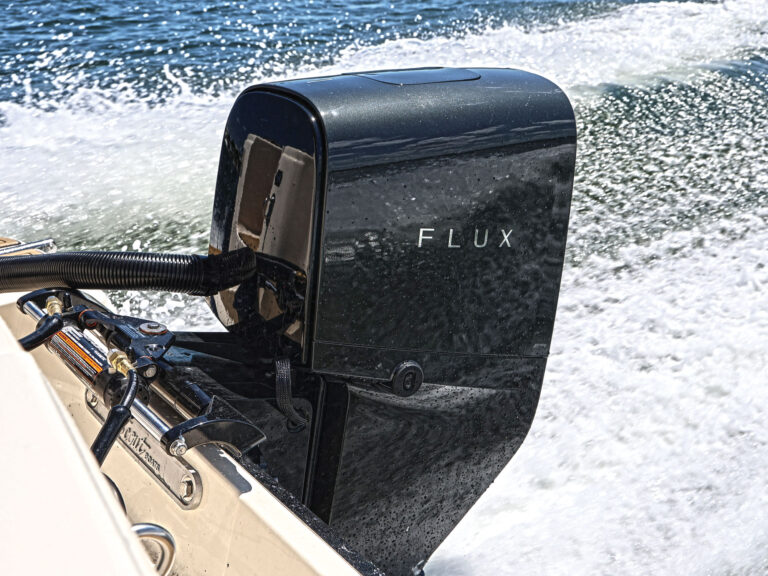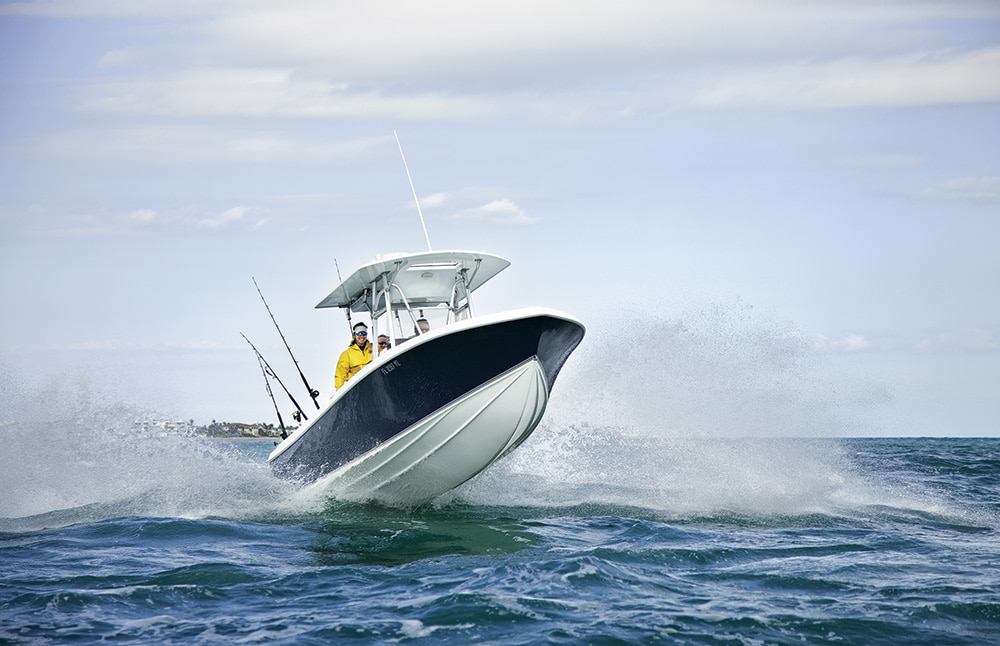
20 Top Troubleshooting Tips & Tricks
Boing. Bam. Glup. Flumpt. Something’s wrong. It’s a weird noise, or you’re not moving, or there’s a strange odor coming from somewhere it shouldn’t, or some vital piece of gear has gone south. Great. Now what do you do?
Well, first you have to find out what the problem is, and then you have to fix it. Not easy if you’re the kind of person whose tool kit contains only the plumber’s phone number and a credit card. But there are no plumbers (electricians, mechanics, or carpenters) at sea, so you’re stuck with you. And you either have lots of experience or are going to go through a lot of trial and error. Since the hit-and-miss method usually entails more missing than hitting, and honestly, you’re not all that experienced, let us give you the benefit of our combined centuries on the water.
To start, here are some of the more common potential disasters and our proven techniques for keeping them from ruining your day.
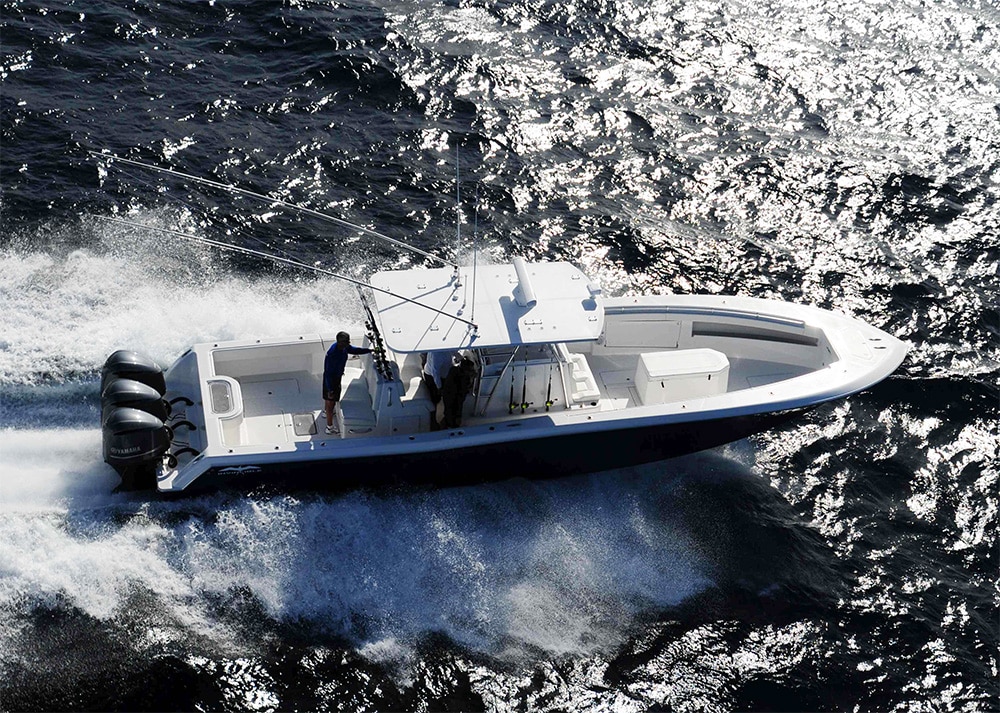
20 Top Troubleshooting Tips & Tricks
The Problem: You’re flying along and your outboard suddenly develops a severe vibration.
The Cause: Chances are it’s nothing more than a snagged length of lobster pot or fishing line that got wrapped around the prop.
The Fix: This one is easy. Kill and tilt the engine, then unwind the line. Double-check that no fine twine has worked its way past the prop and onto the shaft. Once you’re back at the dock, make sure that the prop seal is undamaged. To find out, drain the lower unit fluid and check for water.
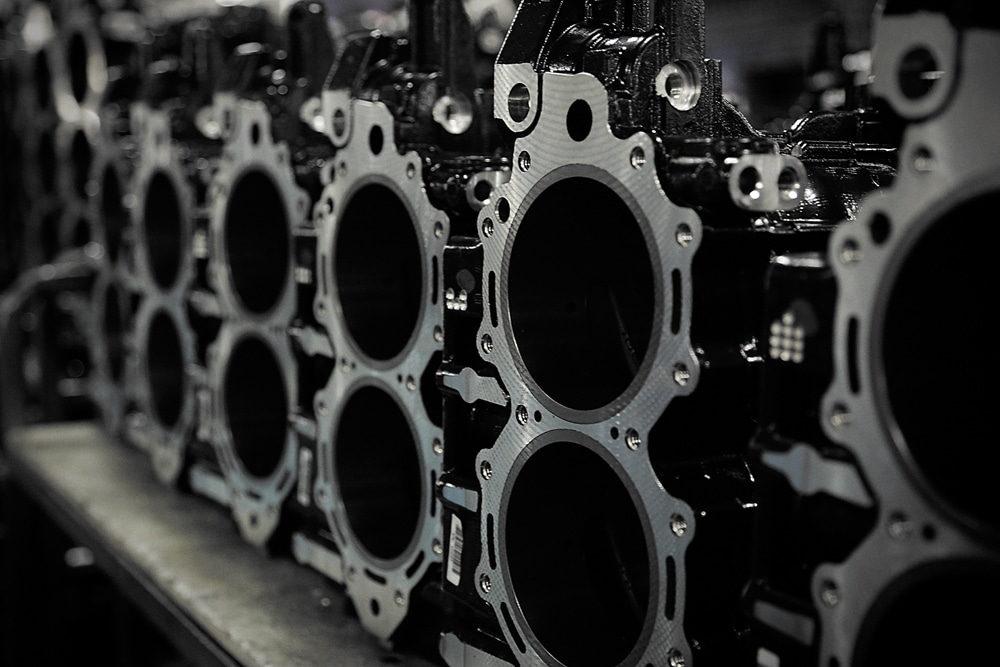
20 Top Troubleshooting Tips & Tricks
The Problem: Your new outboard has low hours, yet you notice salt deposits near the spark plugs.
The Cause: Seepage from the water-jacket cylinder heads.
The Fix: This isn’t uncommon with new engines that are barely broken in. Have the dealer retorque the cylinder head bolts to factory specs.
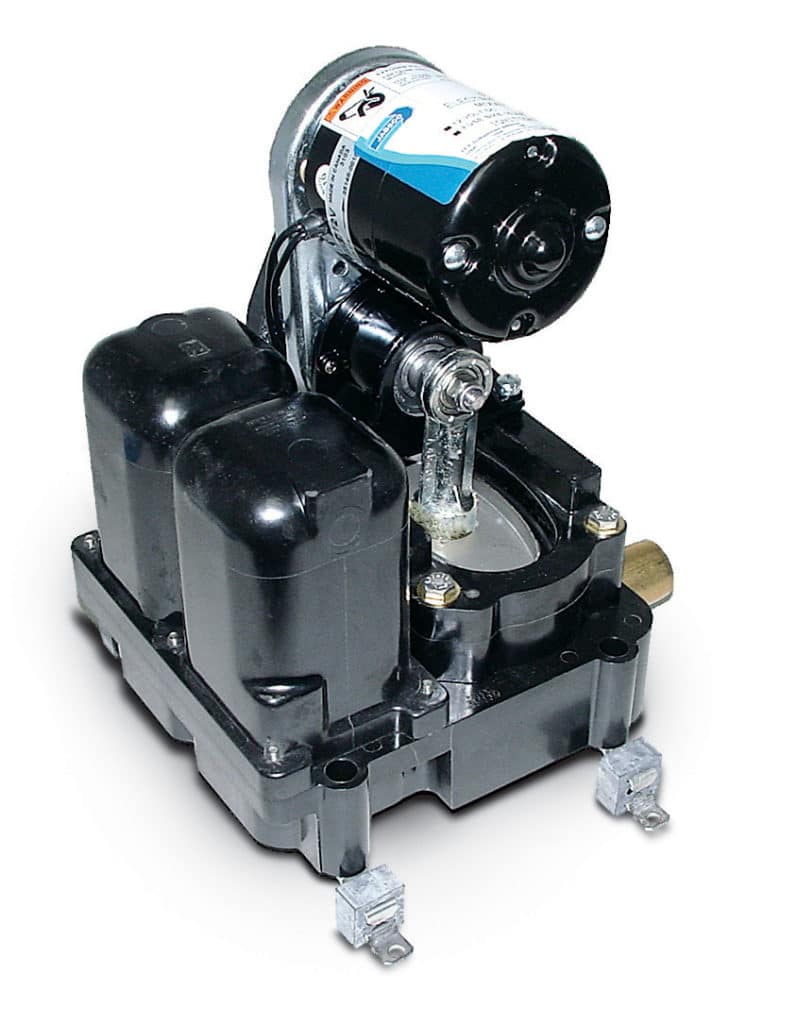
20 Top Troubleshooting Tips & Tricks
The Problem: On the shakedown cruise with your new boat, the bilge pump runs continuously, but there’s no water belowdecks.
The Cause: The float switch could be facing forward. It’s an improper installation.
The Fix: The float switch should face aft. Otherwise, the running angle of the boat will cause the float switch to rise and activate the pump, even if there’s no water in the bilge.
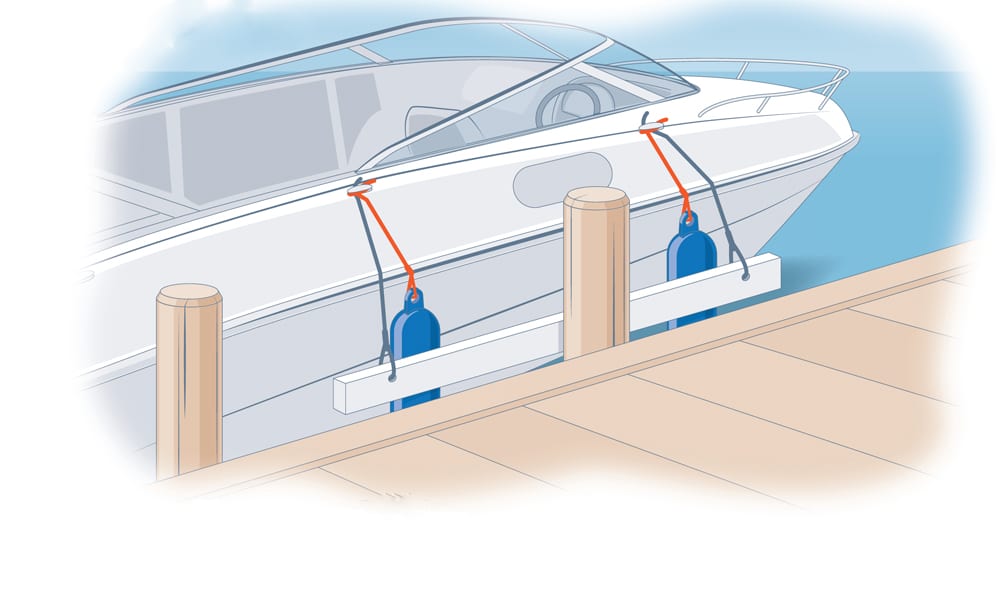
20 Top Troubleshooting Tips & Tricks
The Problem: You keep your boat at a marina with nonfloating docks. No matter what you try, the fenders pop out, and your boat gets scratched.
The Cause: Nonfloating docks are a challenge.
The Fix: What you need is a set of fenderboards. These can be as simple as a 3′-long piece of 2′-by-6′ with holes drilled in each end. They’re hung horizontally from a pair of lines, outboard of a pair of closely spaced fenders.
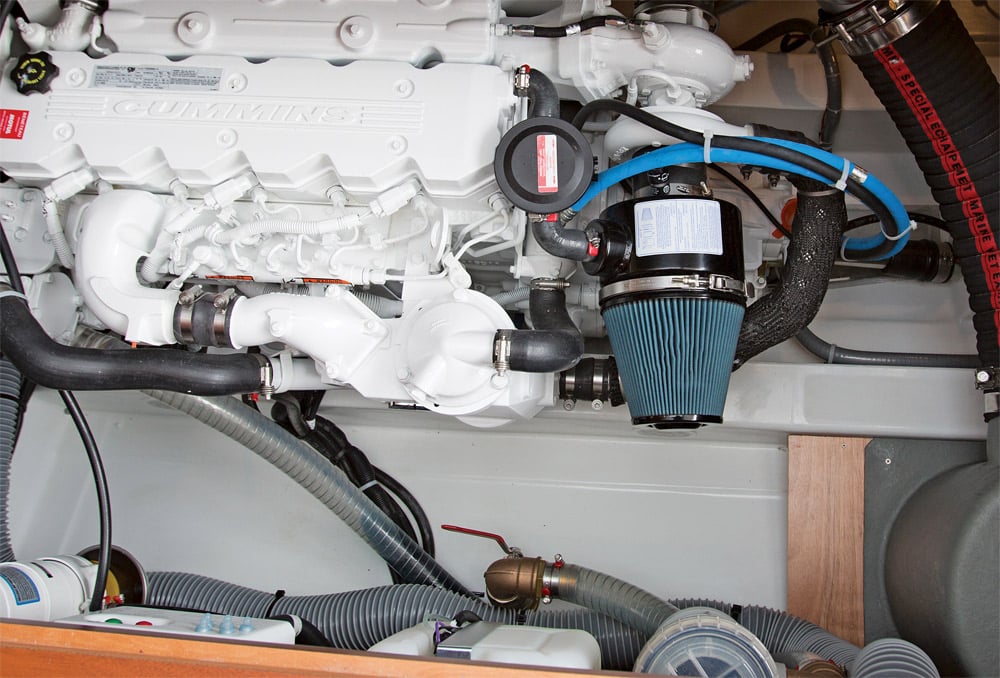
20 Top Troubleshooting Tips & Tricks
The Problem: Your diesel engine overheats shortly after launching. The impeller is brand new.
The Cause: Impeller failure due to an air lock.
The Fix: Although water will displace air in the intake lines when the boat is launched, some air remains in the hose. To prevent premature impeller failure, prime the pump by removing a zinc plug and adding water before starting the engine.
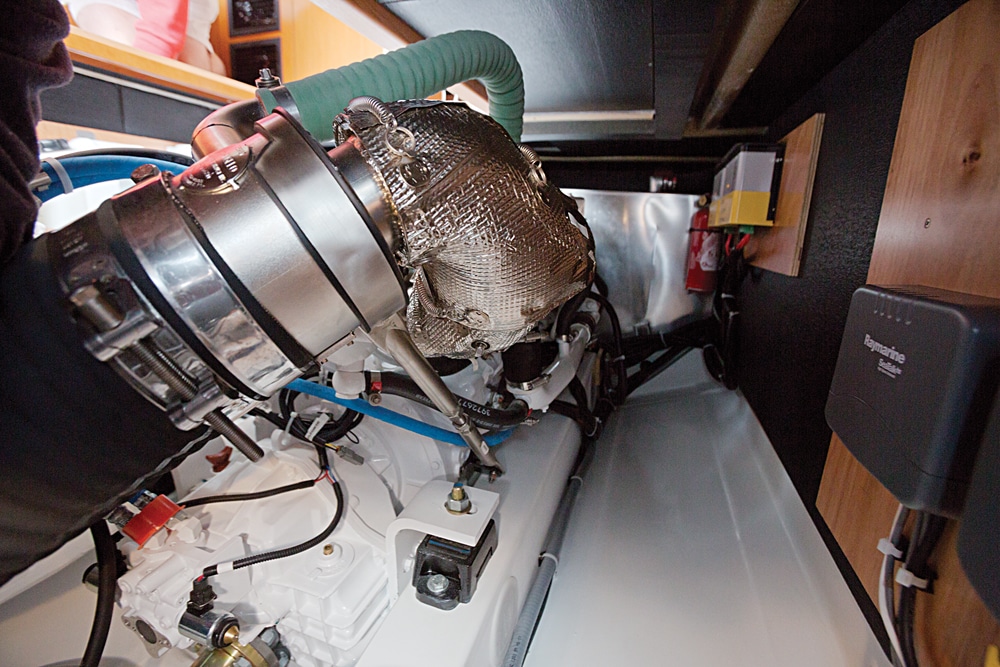
20 Top Troubleshooting Tips & Tricks
The Problem: There’s a faint sooty outline on the salon carpet around the engine hatch.
The Cause: The engine is hungry for more air and is drawing in exhaust fumes.
The Fix: Increase ventilation either with larger exterior vents, a blower system, or both.
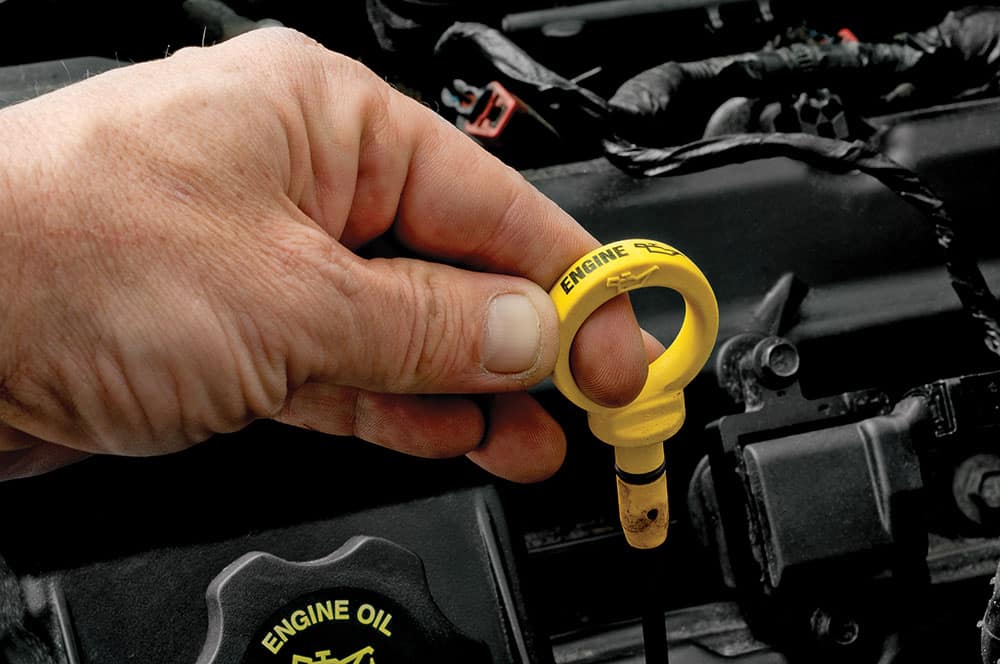
20 Top Troubleshooting Tips & Tricks
The Problem: You observe a faint oil slick in the cooling system’s expansion tank.
The Cause: A leak in the oil cooler.
The Fix: Remove the oil cooler and replace the bundles. If the old ones are repairable, have them pressure checked before reinstalling. Oil in the coolant will eventually cause overheating.
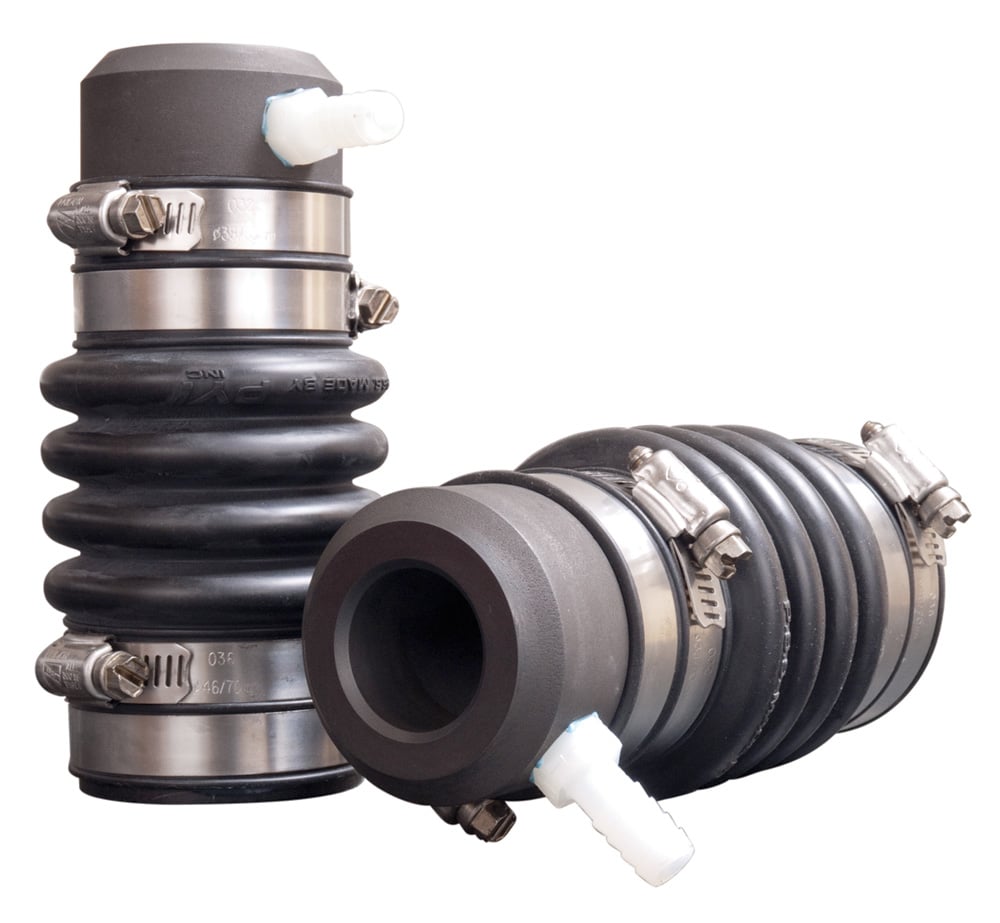
20 Top Troubleshooting Tips & Tricks
The Problem: The transmission housing on your gas inboard is rapidly rusting away.
The Cause: Saltwater is spraying onto the housing from the stuffing box.
The Fix: A stuffing box must drip to cool the packing inside. Secure a short length of exhaust hose around the stuffing box with stainless-steel hose clamps to deflect the spray into the bilge and keep water off the transmission. Better yet, install a dripless stuffing box such as a Shaft Seal.
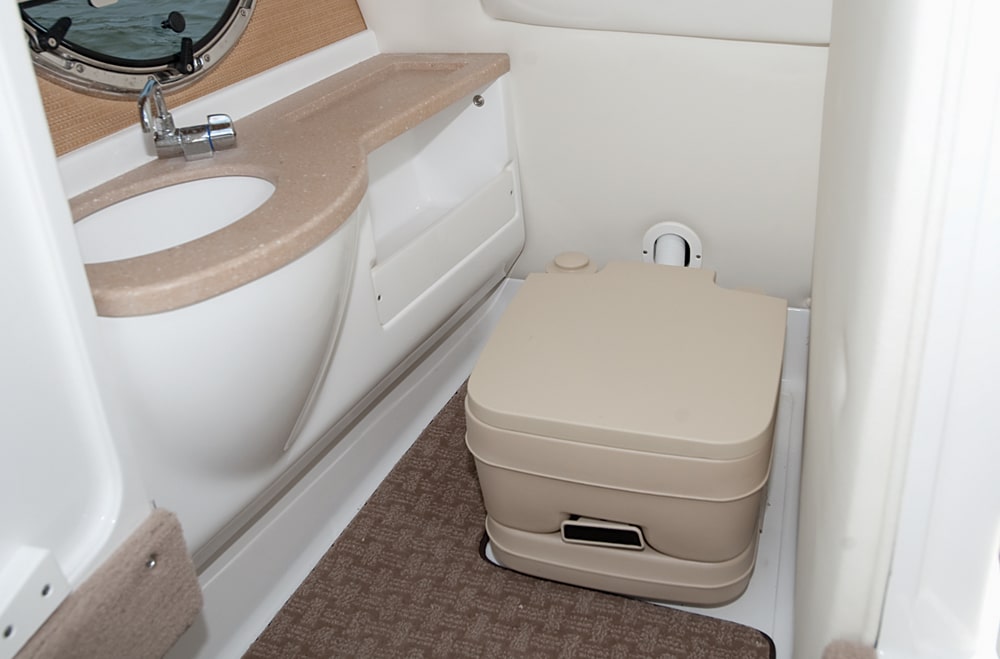
20 Top Troubleshooting Tips & Tricks
The Problem: Your MSD empties slowly.
The Cause: A routine buildup of mineral deposits in the discharge line is restricting the flow.
The Fix: Disconnect the discharge hose and scrape the insides with a coat hanger. Depending upon how much gunk has accumulated, you may be able to salvage the hose. Otherwise, replacement is the best bet.
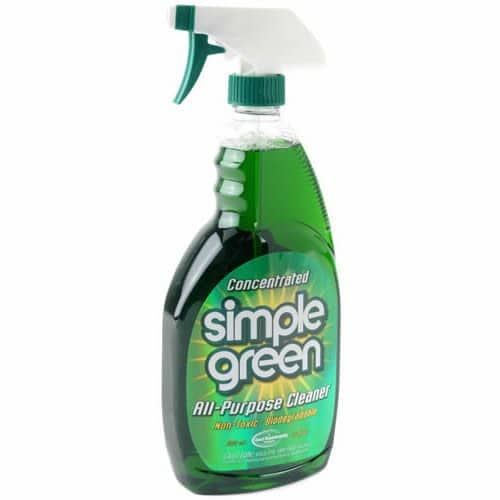
20 Top Troubleshooting Tips & Tricks
The Problem: There’s a vile sour smell all through the boat.
The Cause: Gray water is leaking into the bilge.
The Fix: Check the shower sump pump reservoir for hair clogging the filter screen, which causes the soapy water to overflow into the bilge. If your boat has a shower and no sump pump, this is your problem. Another likely cause is a leaking hose in the MSD. A concentrated emulsifying bilge cleaner/deodorizer (such as Simple Green Marine) will help sweeten up things.
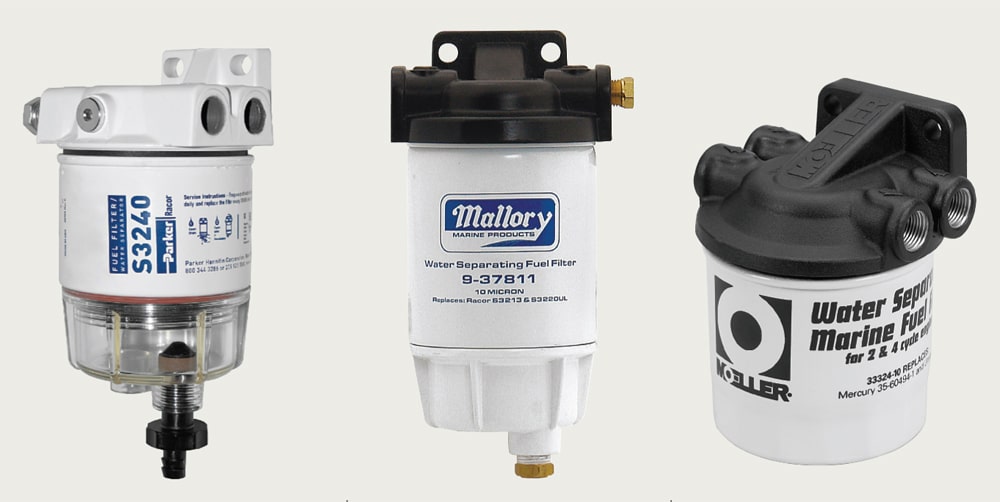
20 Top Troubleshooting Tips & Tricks
The Problem: Despite a constant throttle setting, the tachometer is dropping periodically as the engine surges.
The Cause: Most likely, you have a fuel problem.
The Fix: Check the obvious. When did you last change the fuel filters?
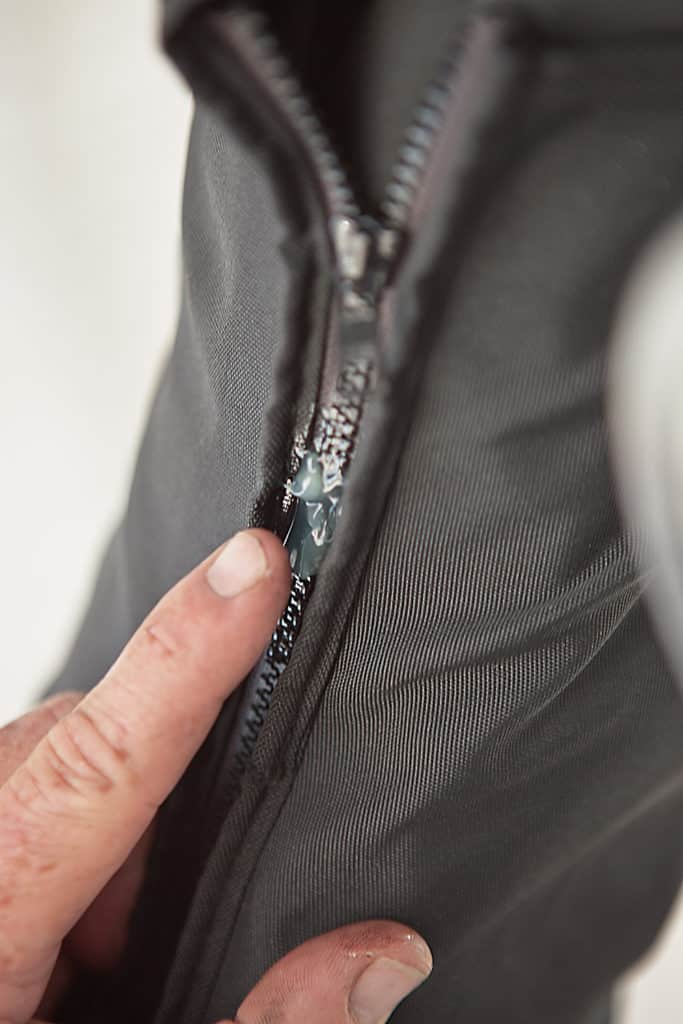
20 Top Troubleshooting Tips & Tricks
The Problem: Zipping up the side curtains is like driving 200 miles of bad road. There’s a lot of stopping and starting.
The Cause: Salt and other airborne or waterborne debris tends to clog the zippers.
The Fix: A spray of silicone on the zippers should make a world of difference.
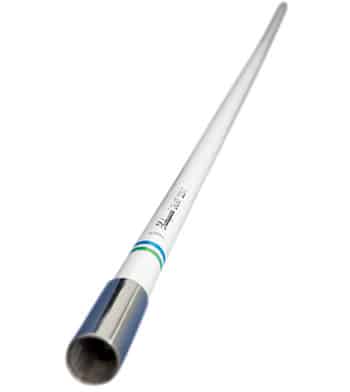
20 Top Troubleshooting Tips & Tricks
The Problem: Your VHF radio is plagued by static; not so bad it messes up reception, but enough to where no one wants to talk to you.
The Cause: No need for a new radio. Check your antenna connector. It may be plugged up with salt.
The Fix: Clean the connector, spray it with WD-40 or CRC’s QD Electronics Cleaner, and see if the reception improves. It’s a good idea to go through this process at least once a season.
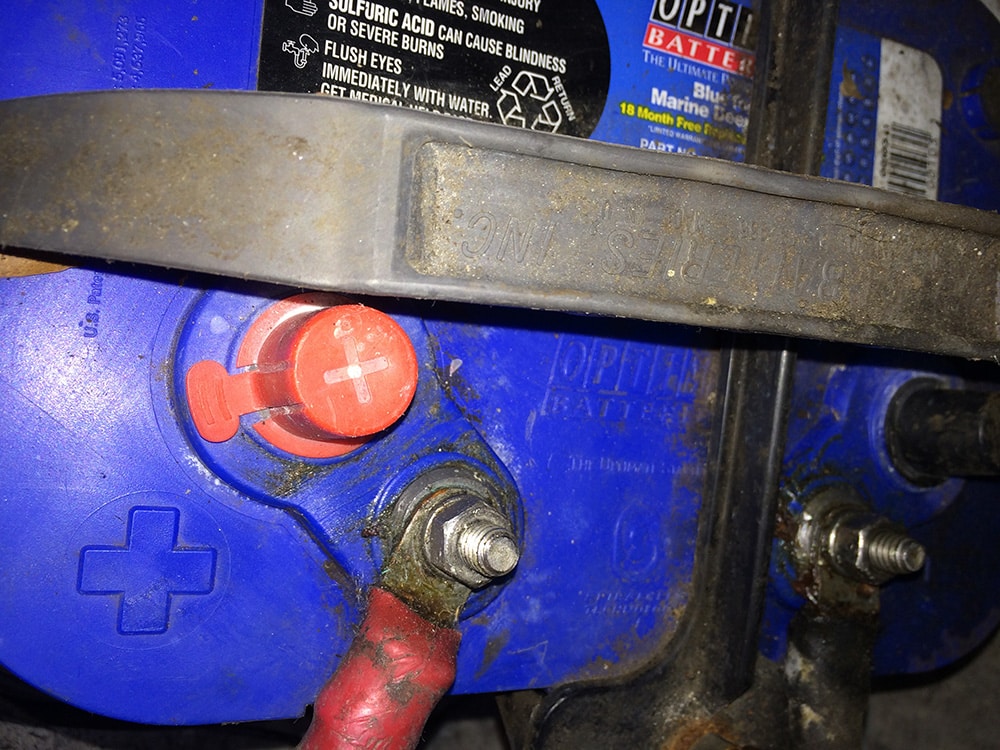
20 Top Troubleshooting Tips & Tricks
The Problem: When you hit the starter button, the engine’s solenoid clicks but the engine doesn’t crank over. The other electrical gear onboard works fine, so you’re sure the battery is okay.
The Cause: One of the batteries probably has a corroded terminal.
The Fix: Disconnect both connectors and clean the terminals with a battery post cleaning tool or a wire brush. (Do this monthly during the season.) Leave the battery terminals disconnected for now. Also check the engine end of these cables. Remove the ground connector from the engine block and the hot lead at the starter solenoid. Clean the terminals. After remaking these connections, spray a generous coat of CRC’s Marine Electronics Grease.
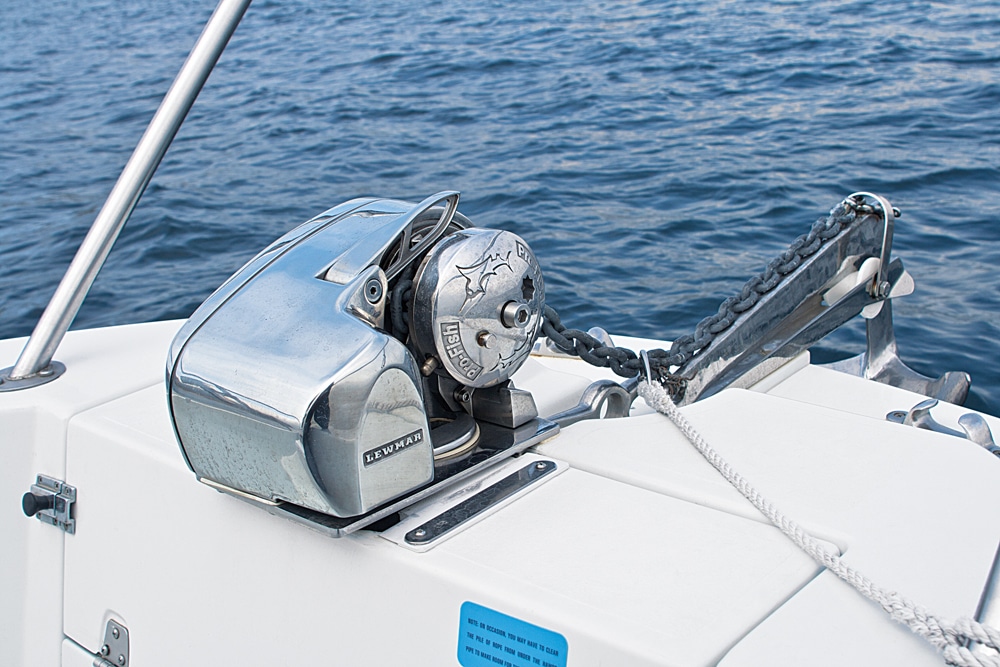
20 Top Troubleshooting Tips & Tricks
The Problem: The windlass pops its circuit breaker after a lengthy anchor retrieve.
The Cause: An overload, probably the result of bad connections.
The Fix: As with most marine electrical problems, start with the connectors, especially the ones up at the windlass. Remove and clean these, then spray them with CRC’s Marine Electronics Grease. It’s also possible that the windlass is fed with a marginal piece of cable. Because of the length of the run and the current drawn by a windlass, these cables need to be of surprisingly heavy gauge.
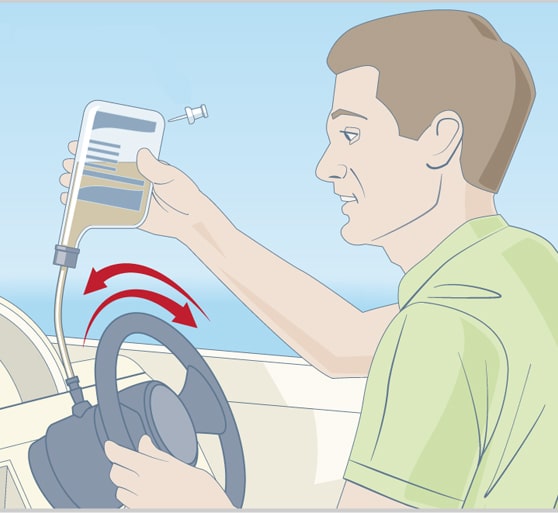
20 Top Troubleshooting Tips & Tricks
The Problem: The hydraulic steering seems mushy and the response uneven.
The Cause: The system probably has air in its hydraulic fluid.
The Fix: Most of these systems allow air to be bled out from a fitting at the ram (near the rudders). Following manufacturer’s recommendations, crack the bleed screw and have someone cycle the steering system back and forth to purge the air. Afterward, it will be necessary to top off the oil in the reservoir.
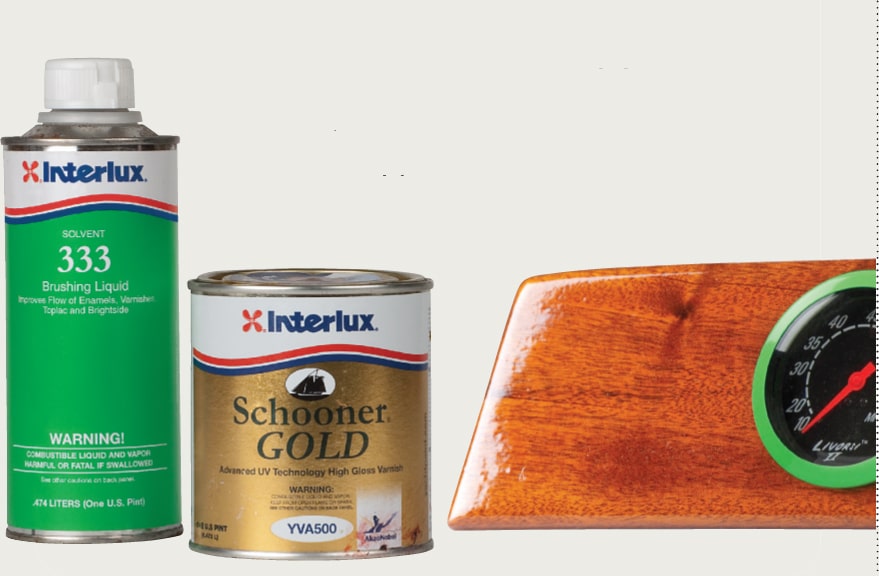
20 Top Troubleshooting Tips & Tricks
The Problem: The varnish on your teak trim is cracked in the corners and other places where there are joints in the wood.
The Cause: Varnish adhesion on teak is a touchy proposition.
The Fix: Your boat’s wood trim moves a bit as the boat works and flexes. Since varnish isn’t flexible, it will crack at the joints. Getting varnish to adhere to teak is all about surface preparation. Sand any cracked areas thoroughly, or remove the old varnish completely. Wipe clean with a tack rag soaked in acetone before applying the new varnish in thin coats. By the way, the answer isn’t numerous coats.
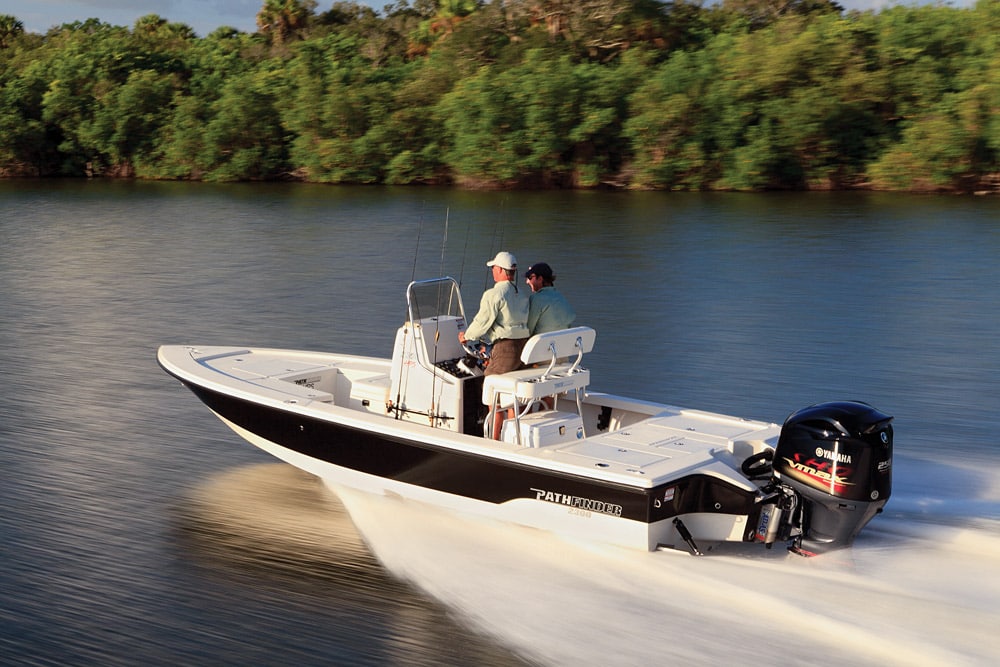
20 Top Troubleshooting Tips & Tricks
The Problem: Your boat’s trim tabs refuse to retract and there are some barnacles on the rams.
The Cause: Failure to retract the tabs to the full up position allows the barnacles to gain a foothold.
The Fix: You can’t paint the rams with antifouling paint because it will tear the hydraulic seals to shreds-then again, so will the barnacles. The only solution is to remove the barnacles and the hard little pads they leave behind. If you can’t, it means buying new rams. After that, leave the tabs in the up position every time you leave the boat.
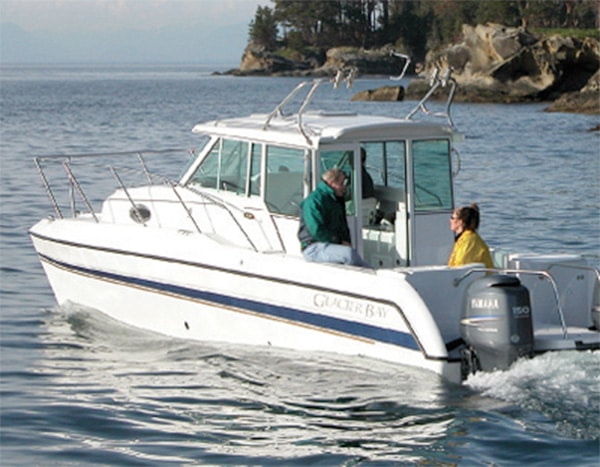
20 Top Troubleshooting Tips & Tricks
The Problem: Particularly on warm nights, with the a/c going, the windows of your cabin fog up.
The Cause: Condensation is due to the temperature differential between outside and inside.
The Fix: Try Windex or some other glass cleaner. Smear it around with a damp rag. The idea is to create a film of material that resists condensation.
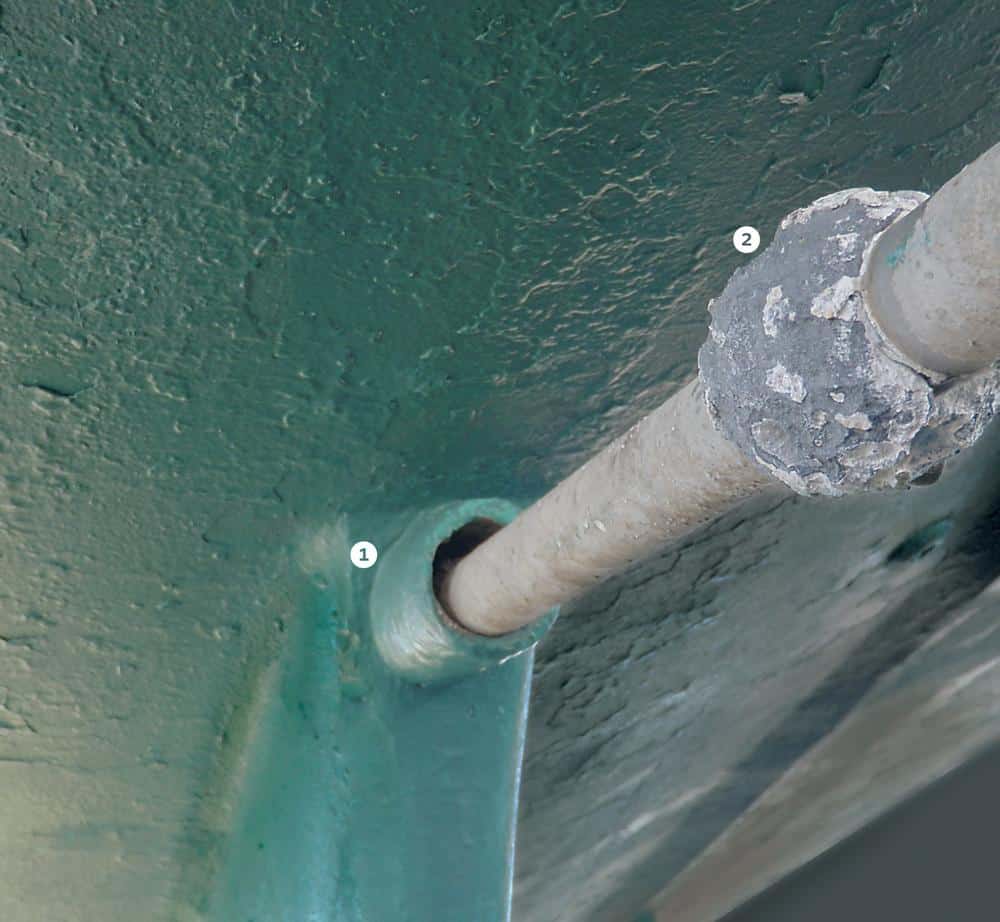
20 Top Troubleshooting Tips & Tricks
The Problem: At haul out you discover the shaft zincs are resting against the struts.
The Cause: Improper installation.
The Fix: Start your zinc installation by cleaning the shaft’s contact area thoroughly with emery paper. Once you’ve tightened the screws, give the zinc a good, sound smack with a hammer right between the screws. Then give the screws a final tightening.





